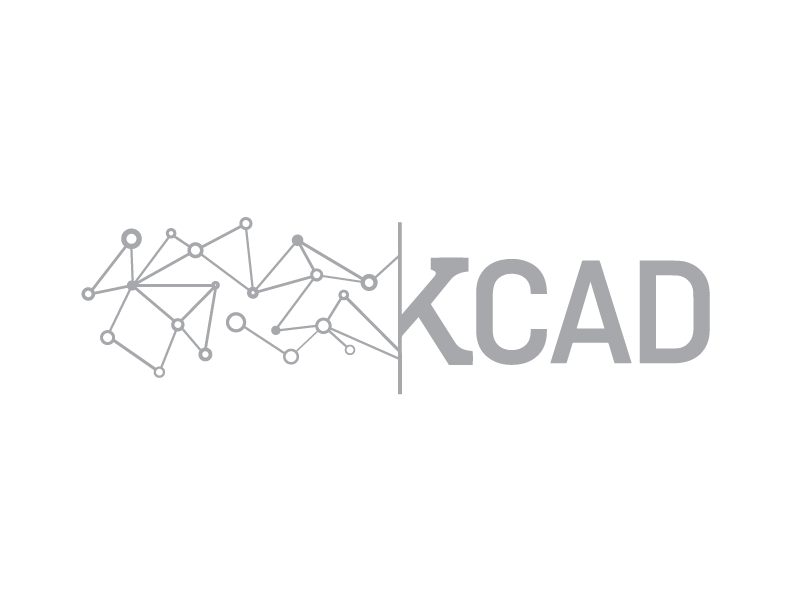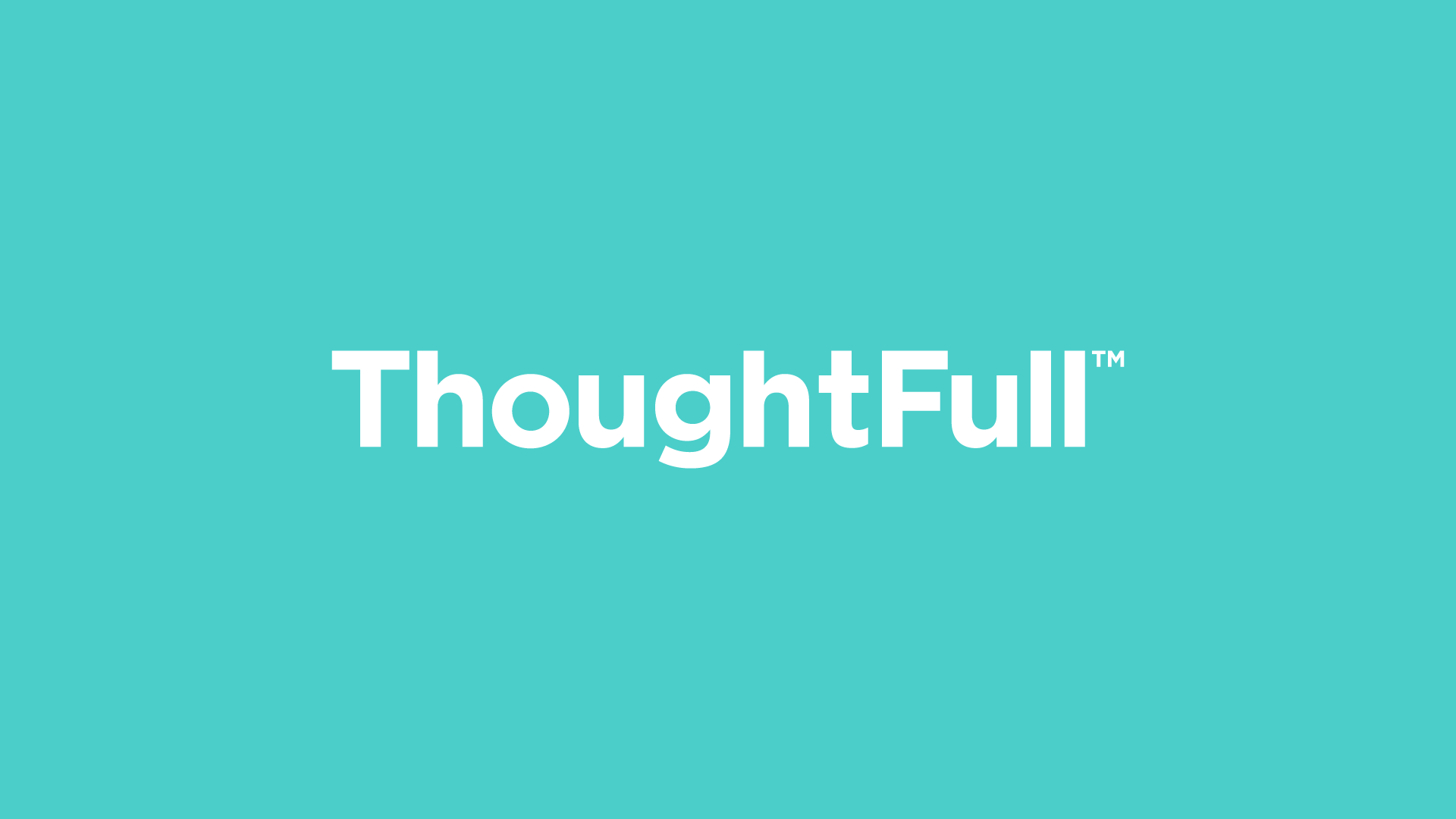
During my time at ThoughtFull, I worked on researching and designing enterprise-scale digital experiences. This highlights the work we did for an international retail security company based in the US.
As consultants, we were brought in to support an internal team as they aimed to integrate two pieces of software: one that had been built within the organization, and the other that had been recently acquired. Both had certain overlapping features and functionality, although each had different UI paradigms and core end users. Our mission was to align both pieces of software to reflect the company's visual brand and redesign the UI to appear as a cohesive software package. We kicked off this engagement through a 3-day workshop with key stakeholders throughout the organization.
What started out of curiosity led to many experiments, and ultimately became the research topic for my undergraduate thesis project. I began asking big questions: What are major barriers for people with physical disabilities in todays cities? How do individuals with visual impairments navigate the built environment? What are the scope of barriers beyond the physical, and how might a psychological barrier deter someone from experiencing an urban setting? I can't say that I found an answer to these questions, but I discovered many areas for opportunity within the way we depict urban information. Between interviewing several individuals with disabilities to designing & modeling instances of wayfinding tools, I created a conceptual vision for what inclusive, urban information might look like in the future.

Define + study 4 key user workflows

Prototype + test new UI paradigms
Prototype + test new UI paradigms
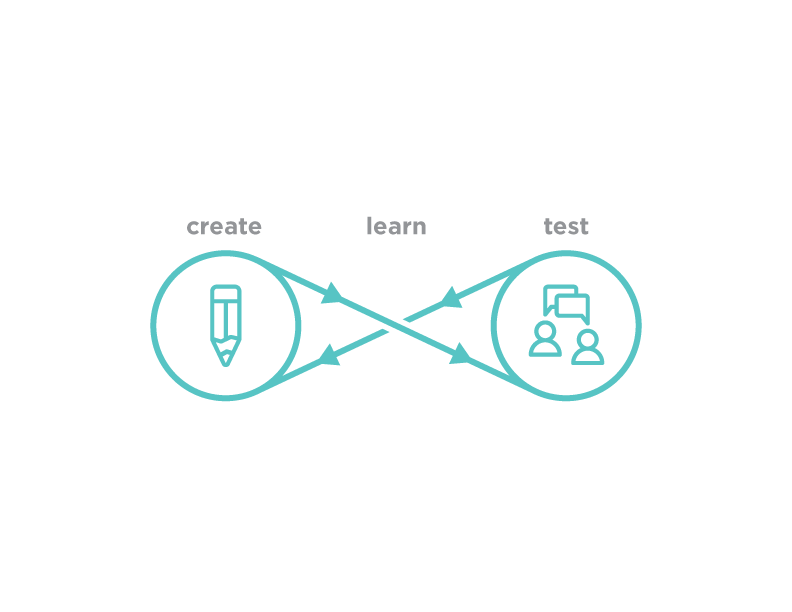
Design + document UI elements
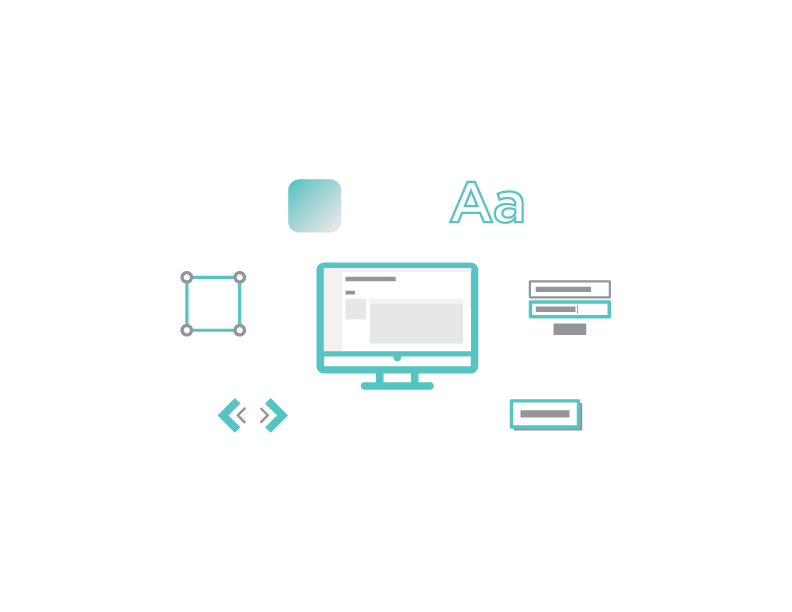
We interviewed four different user types who interacted with the software at varying steps within a workflow. We were able to empathize with the challenges they face, and understand how one person's actions might affect another's responsibilities.

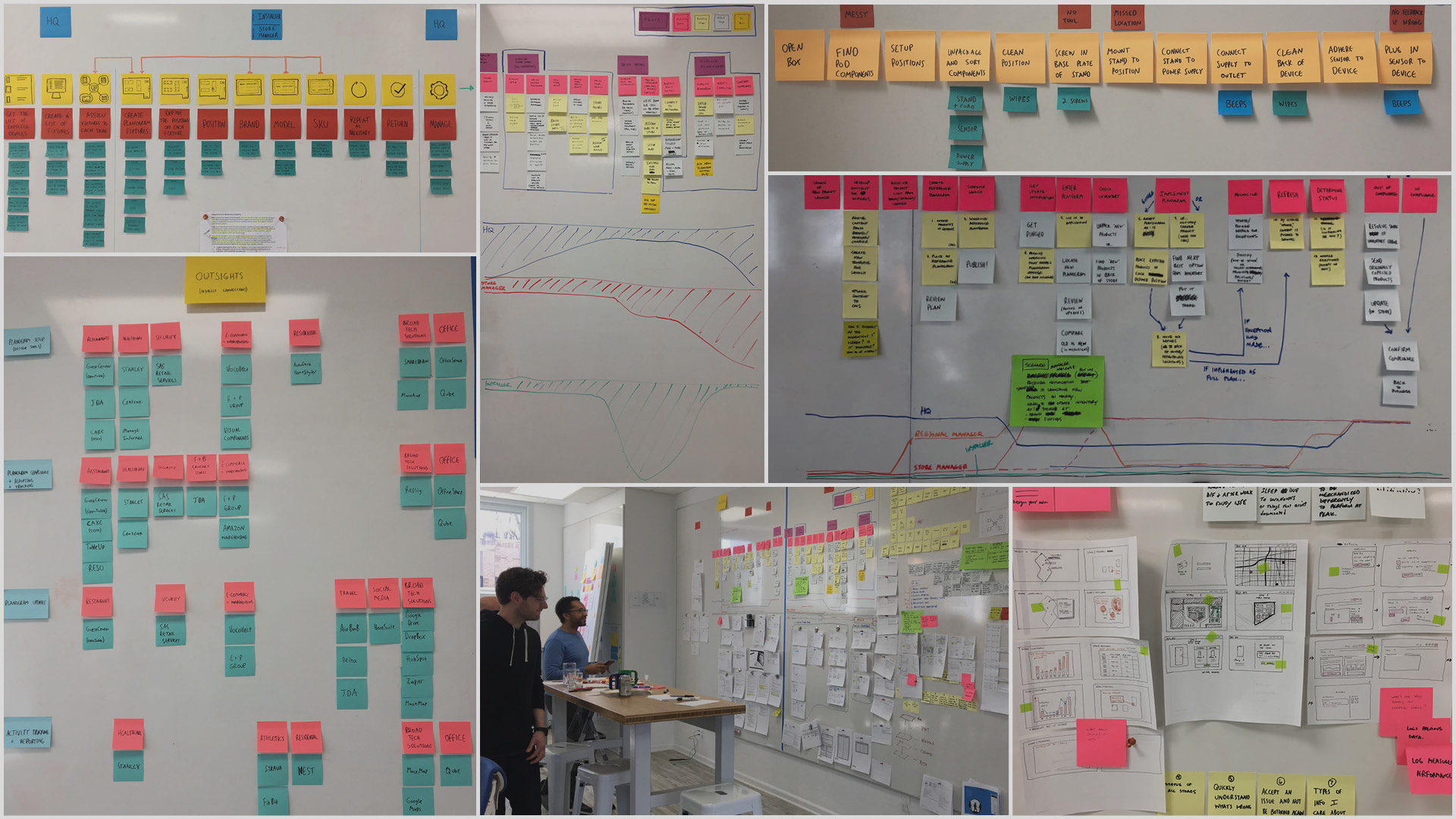
Based on what we heard during initial stakeholder interviews, we tested 3 different UI paradigms next to the existing software platform
Based on what we heard during initial stakeholder interviews, we tested 3 different UI paradigms next to the existing digital experience
Based on what we heard during initial stakeholder interviews, we tested 3 different UI paradigms next to the existing digital experience

After each round of user testing, we refined our designs and implemented new solutions based on the feedback we received
After each round of user testing, we refined our designs and implemented new solutions based on the feedback we received

After testing new elements and core functionality of the experience with end users, we implemented an entirely new UI based on 4 key user workflows
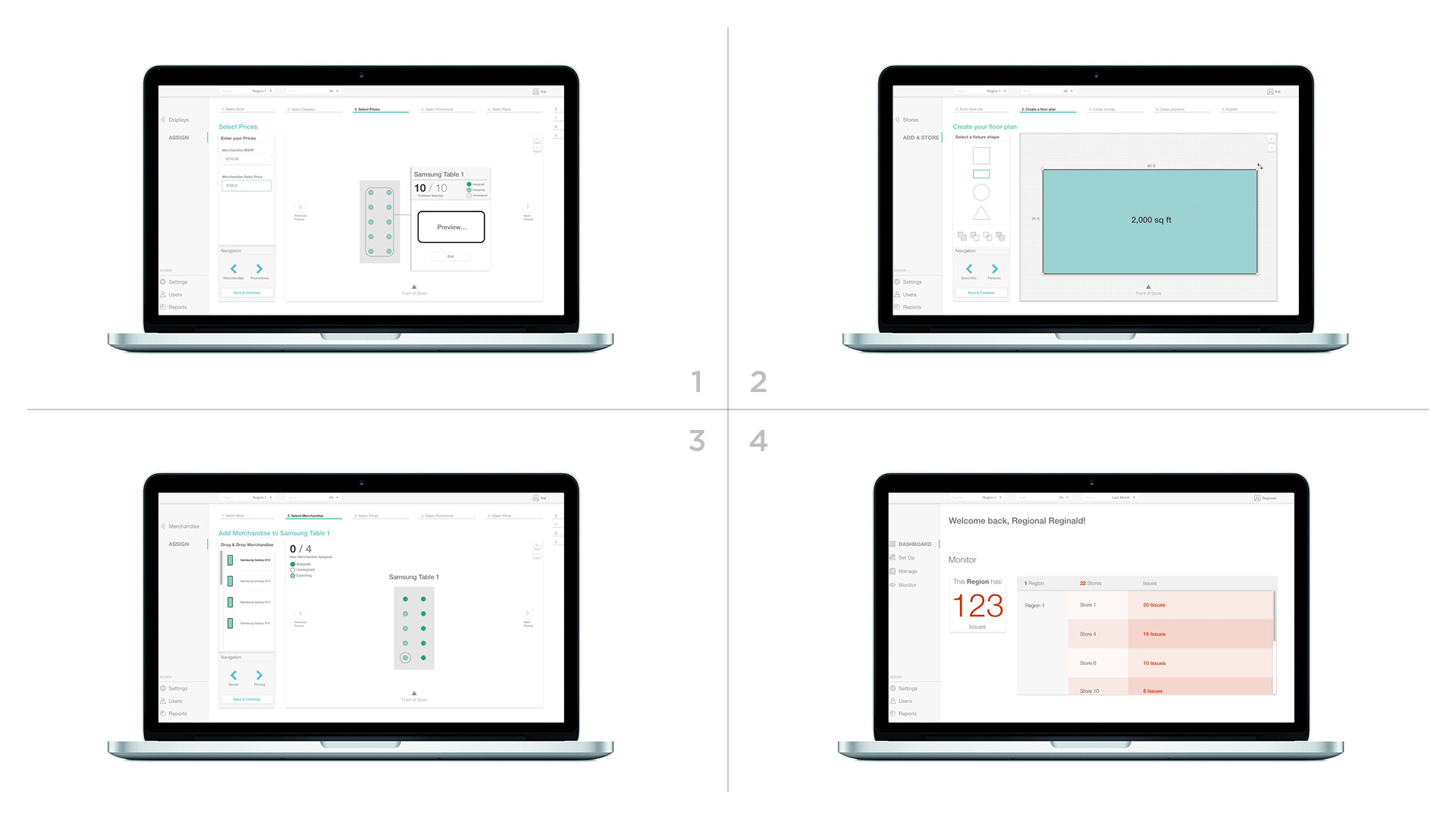
We then documentd and specified design elements, features and page layouts into a UI Library for multidisciplinary teams to build and manage the software moving forward
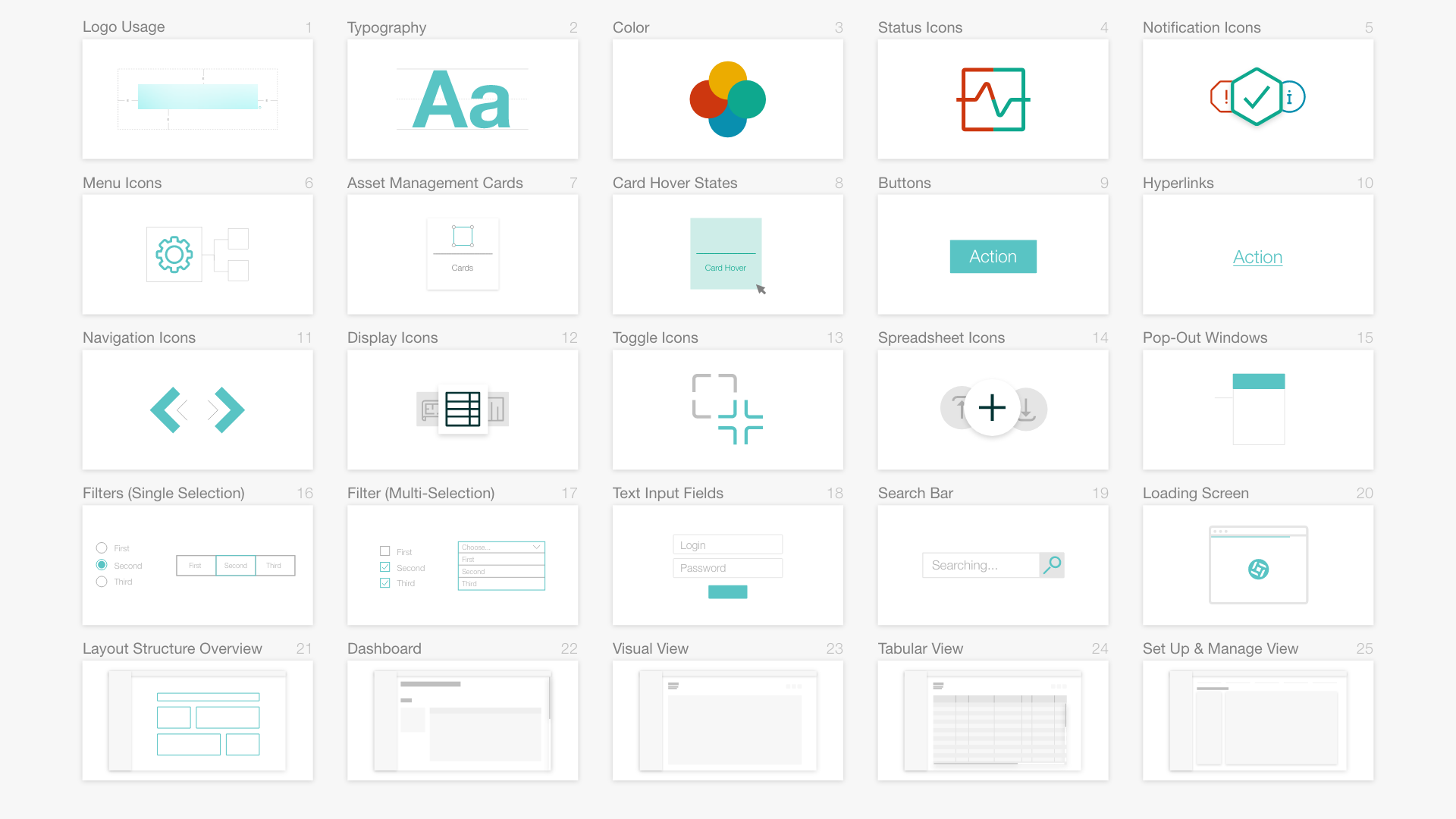
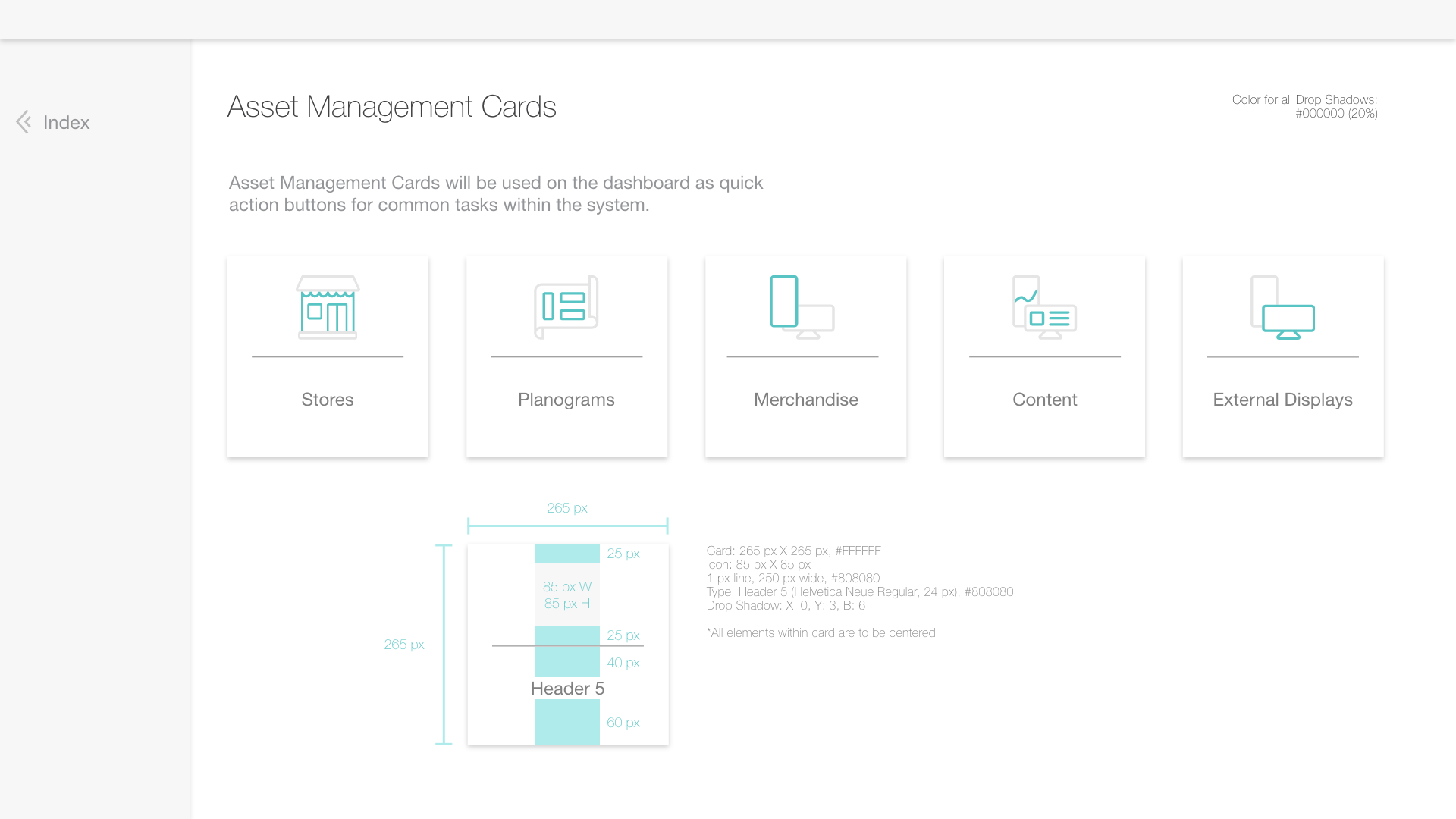
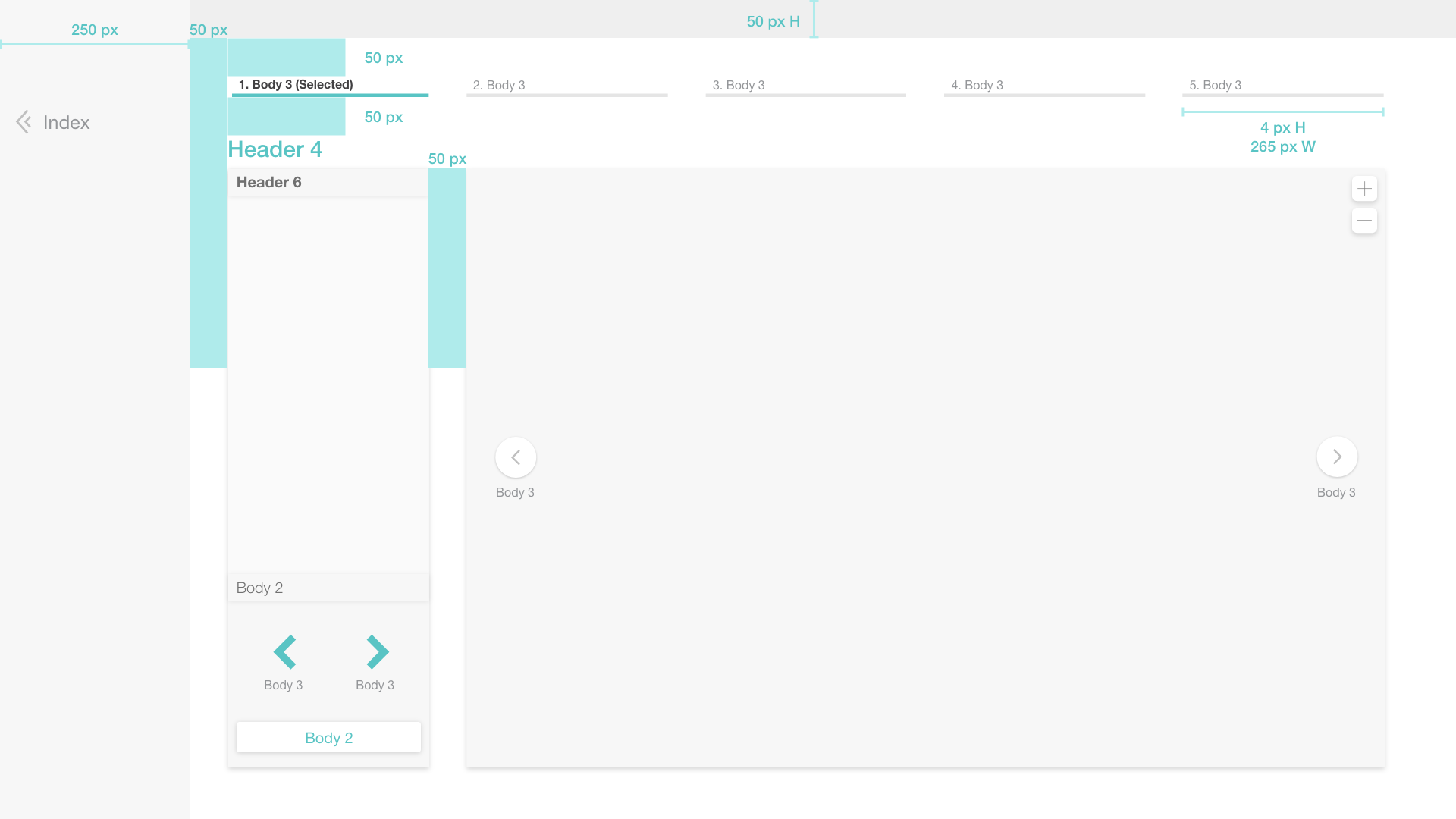
Selected Works
ThoughtFullProfessional
Studio WiseProject type
Grandville Avenue Arts & HumanitiesProject type
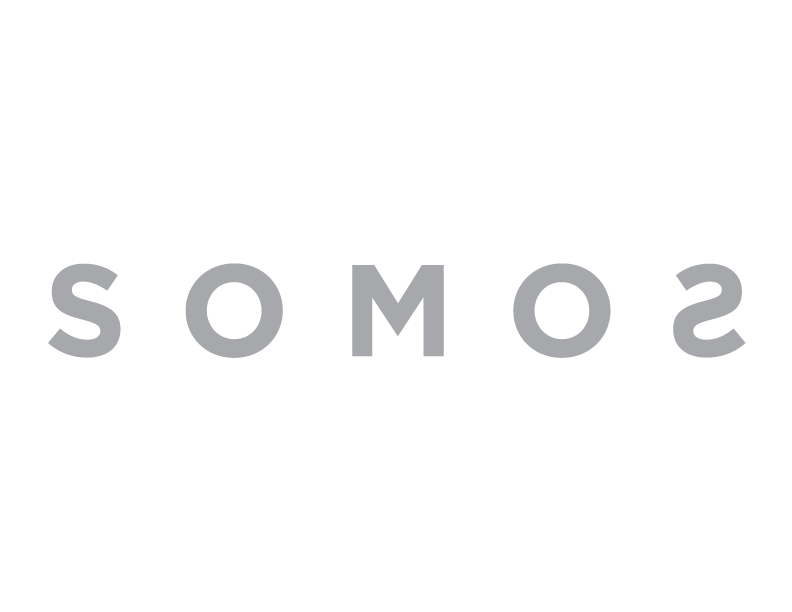
Wege PrizeStudent
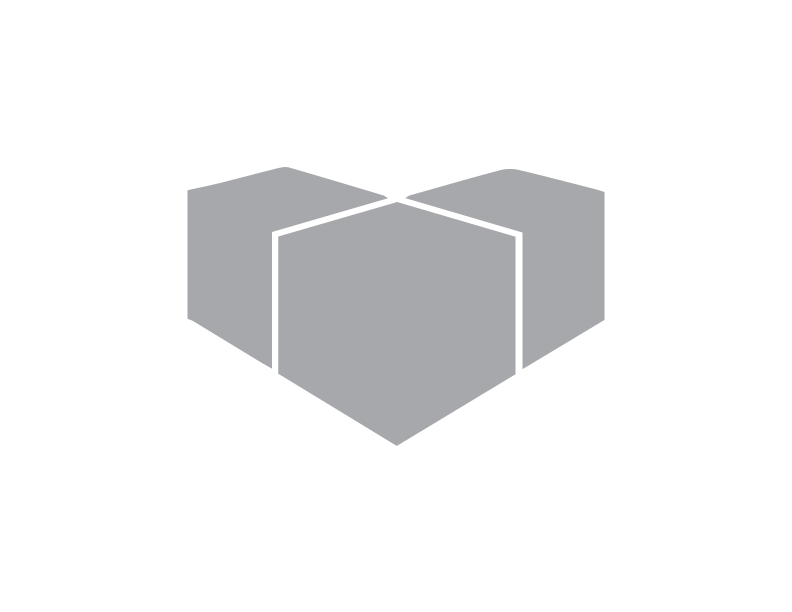
SEEDS of PromiseProject type

